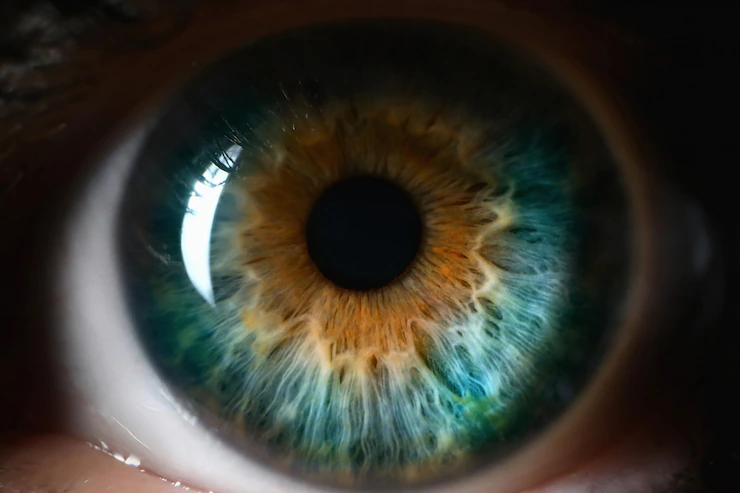What Are Possible Symptoms Of Posterior Uveitis?
Posterior uveitis is also known as choroiditis. It is a general term that describes the inflammation of your uvea. The uvea is part of your eye that forms a relatively thick layer of fibrous tissue around the eyeball.
Typically, your uvea is made up of several blood vessels that help circulate blood in your eyeball. Plus, it consists of three main parts: the ciliary body, choroid, and iris. It can cause inflammation in structures such vitreous, retina, retinal vessels, and optic nerve.
So far up to four types of uveitis have been identified. Each type is classified according to the segment of your uvea that it affects. For instance, there is anterior uveitis, intermediate uveitis, and posterior uveitis. In particular, posterior uveitis affects the back parts of your uvea, especially the optic nerve or the retina. This condition affects one or both eyes.
If left untreated, posterior uveitis may result in permanent loss of your vision. For that reason, posterior uveitis treatment should be carried out at the right time to prevent further complications such as total blindness.
Possible Causes of Posterior Uveitis
The likely causes of posterior uveitis include infections, injuries to the eyes, and inflammatory or autoimmune disease. More often than not, a cause may not be identified. But an individual with certain genetic makeup may be susceptible to posterior uveitis.
Also, patients with an impaired or weakened immune system (also referred to as immunocompromised) such as those affected with Human Immunodeficiency Virus (HIV) or Aids are at a greater risk of getting viral posterior uveitis. Similarly, those with a normally functioning type of immune system can also experience viral posterior uveitis. The same case applies to cigarette smokers.
Other causes may include one of the following:
- Eye injury
- Eye surgery
- Medication side effects
- Lymphoma is a type of cancer that affects the eyes
- Inflammatory disorders such as ankylosing spondylitis, sarcoidosis, Crohn’s disease, or systematic lupus erythematosus
- A serious infection such as herpes zoster, cat-scratch disease, syphilis, tuberculosis, or toxoplasmosis
Early diagnosis followed by posterior uveitis treatment can help reduce the severity of this condition as well as preserve your vision.
Possible Symptoms of Posterior Uveitis
Quite a number of people affected by posterior uveitis may not experience its symptoms. With time, those who experience the symptoms are likely to get worse quickly. Here are possible signs and symptoms associated with posterior uveitis:
- Formation of floaters
- Sensitivity to light
- Eye pain
- Eye redness
- Blurred vision
- Difficulty seeing color
- Difficulty seeing objects in dim light
- Reduced visual acuity or decreased sharpness of vision
For your information, floaters are those tiny specks, clouds, or flakes that move across the field of vision. By so doing, these small dark specks decrease vision in the affected eye.
Symptoms of posterior uveitis may occur suddenly. In extreme cases, these symptoms may get worse, causing some discomfort in the affected eye. This calls for immediate medical intervention to prevent further complications that can lead to permanent loss of vision.
An ophthalmic examination may come in handy to help establish the severity of your posterior uveitis condition. Your healthcare provider may as well use SUN (Standardization of Uveitis Nomenclature) guidelines during diagnosis followed by treatment.
A Time to Visit Your Doctor
A possible posterior uveitis treatment may involve standard therapies and investigational therapies depending on its severity. With standard therapies, your healthcare provider will use corticosteroids, immunomodulatory therapy, Biological Response Modifiers (BRM), or ocular gene therapy.
Alternatively, your doctor may prescribe YUTIQ to help reduce uveitis recurrence. YUTIQ has been medically proven to provide a sustained release of a compound called fluocinolone for those suffering from chronic non-infectious posterior uveitis conditions for a period of 36 months. If your symptoms persist, contact an ophthalmologist (an eye specialist) for further diagnosis and posterior uveitis treatment.
Additionals:
- How Droopy Eyelid Surgery Can Restore Your Vision
- Dry Eye Mask: A Quick Guide To Dry Eye Therapy
- Top Natural Treatment For Black Eyes



